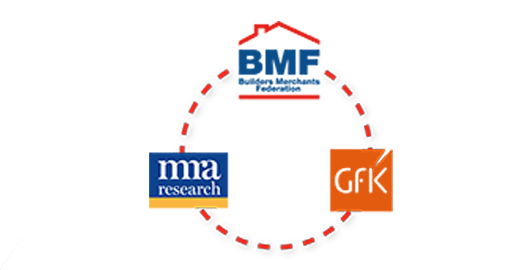Polypipe Civils Comment: Q1 2020
Steve Durdant-Hollamby, Managing Director Polypipe Civils is BMBI’s Expert for Civils & Green Infrastructure.
In line with all construction sectors, Civils and Green Urbanisation saw a significant reduction in activity as the lockdown came into effect. With the government supporting the continuation of work on essential projects, infrastructure was marginally less affected than the housing and commercial sectors as safe working practices were easier to implement and maintain. The greatly reduced traffic and passenger volumes meant many road and rail projects have been able to progress safely throughout this period.
As the lockdown is eased, Polypipe is continuing with the safety measures implemented at the beginning of the COVID crisis. With greater numbers of furloughed employees now returning, these measures have been scaled up and reinforced with additional procedures and requirements around hand washing and face protection which go beyond government recommendations. These are being constantly reviewed as we gradually see an upturn in sector activity.
Adapting to the restrictions of lockdown has seen us rely more heavily on digital communication platforms, not only to keep both our customers and colleagues regularly updated, but also to host training sessions and presentations internally and externally via webinars and online CPDs. We are now learning to integrate these platforms into our ‘new normal’, exploiting their efficiency and versatility to introduce innovative, more effective ways of working.
The restrictions imposed on personal movement during lockdown focussed attention on the value of having easy access to green urban spaces. The Green Urbanisation approach, which enables the creation of sustainable green assets across the spectrum of urban development, offers the potential to transform how we plan for a more resilient future – not just in the context of climate change but also in enhancing the health and wellbeing of urban populations.
Dramatic reductions in air pollution levels have given us a brief window on what a net zero emission environment might look like. If we are to learn from this experience, it is essential that we shape our planning legislation to recognise the critical importance of biophilic design and optimised nature-based solutions. Essential to this is the sustainable management of water on a catchment-wide basis. A new generation of Green Urbanisation solutions that combine innovative storage and re-use techniques with emerging SMART technologies are now creating opportunities to achieve this.



